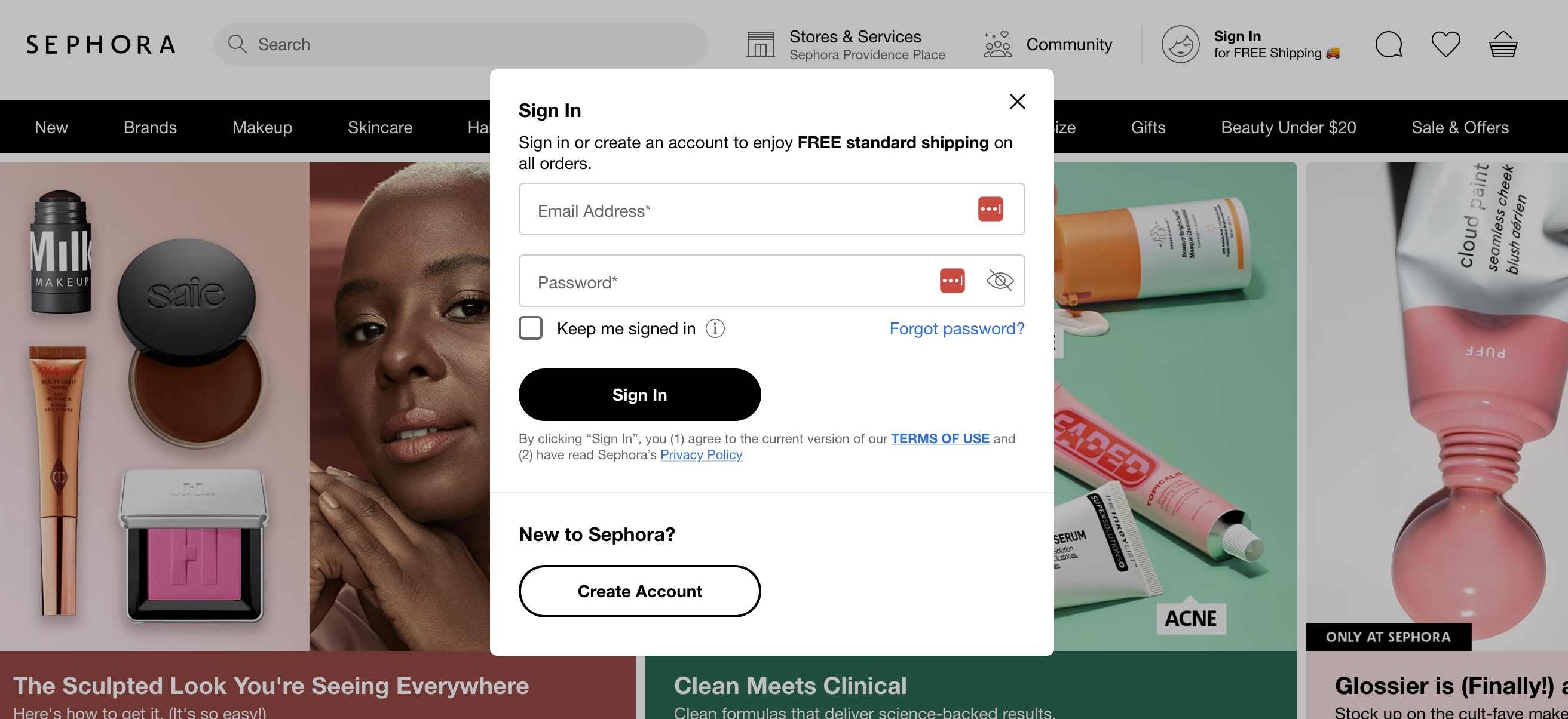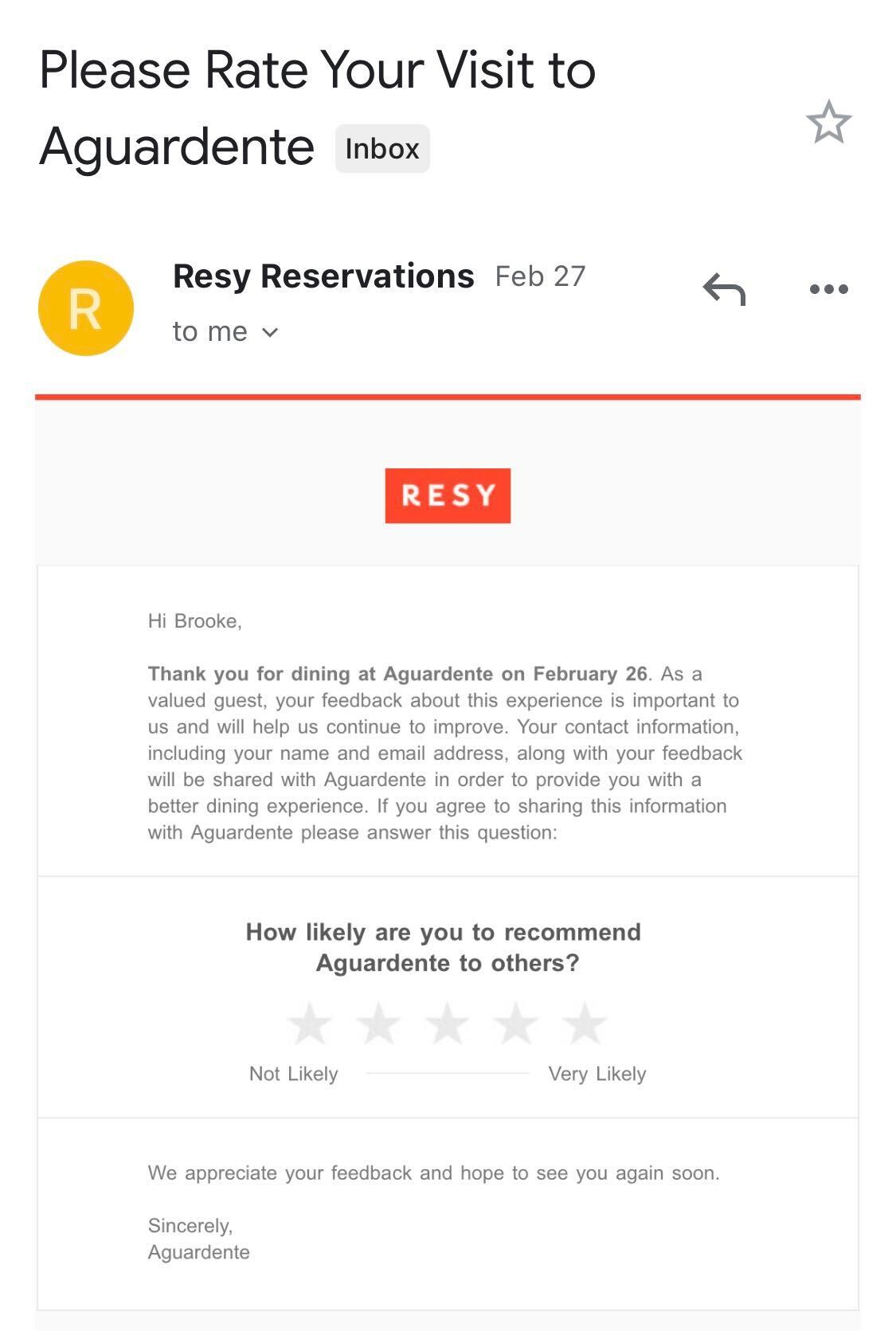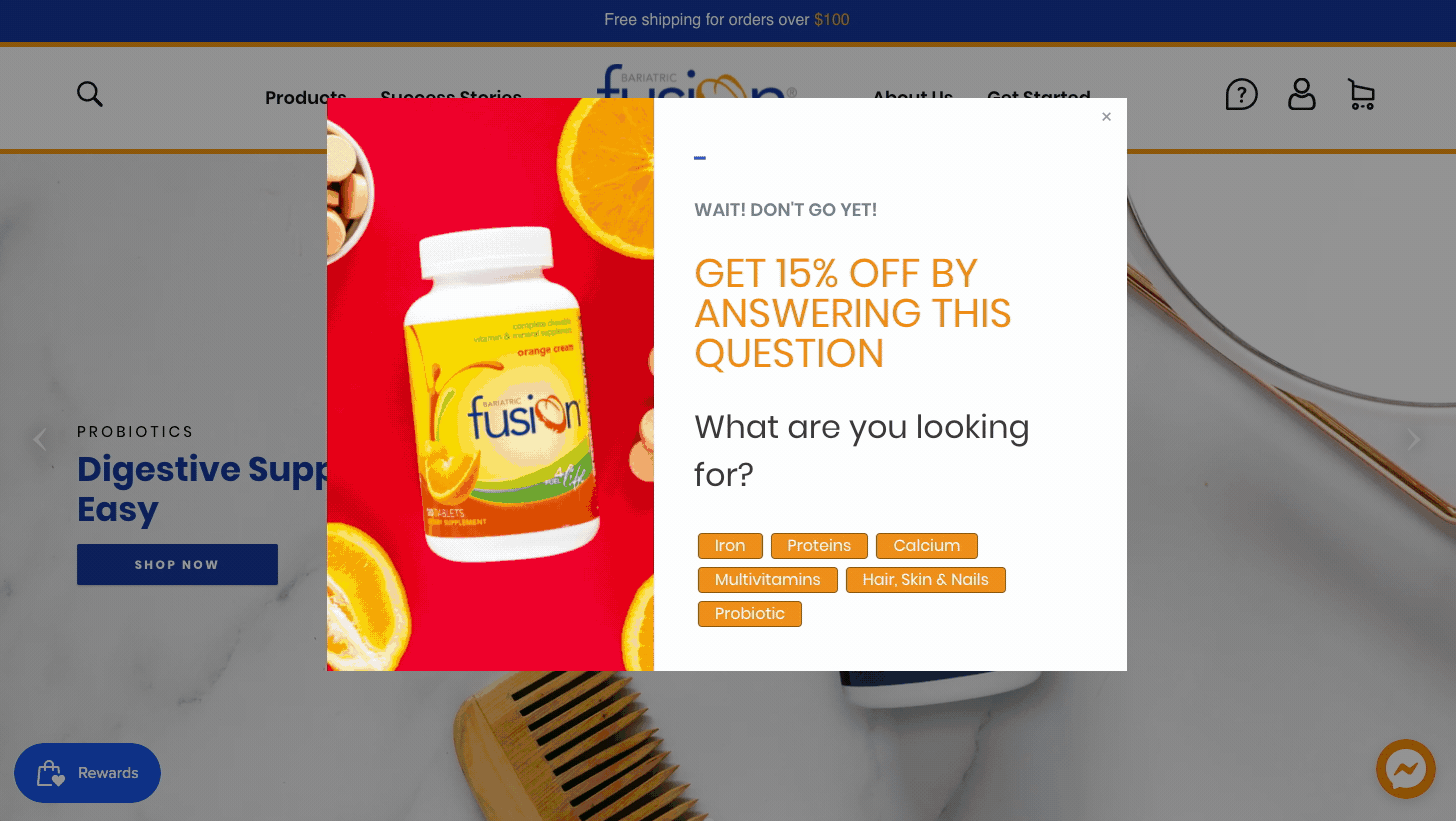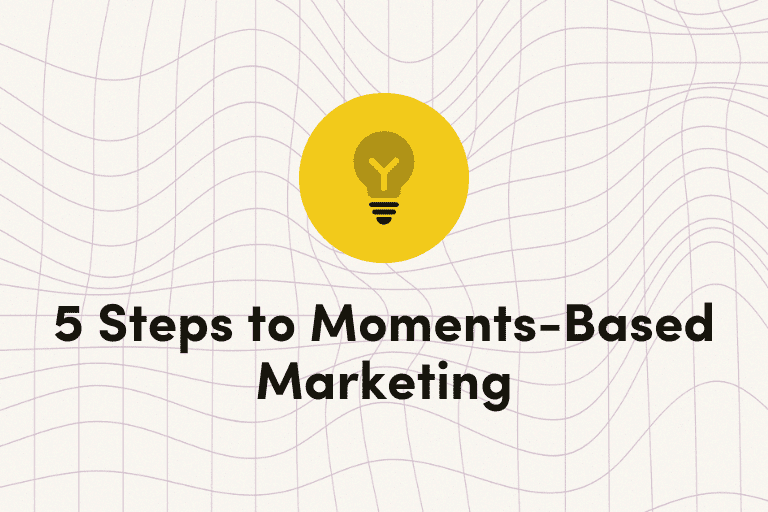It’s no mystery that a “cookieless future” is upon us. Despite some initial delays, Google plans to eliminate third-party cookies in Chrome browsers this year and Apple has already blocked data aggregators and social media platforms like Facebook and Instagram from collecting data from iPhones and iPads—which make up about 60% of mobile devices used today—causing companies to lose over half of their third-party data.
Nearly half of CMOs agree that their teams are not ready for this transition away from third-party data. And although many brands inherently have a “sweet tooth” for zero-party data, they are not confident in their ability to collect and act on that data. In fact, according to a new report from The CMO Council, while 91% of CMOs say direct access to customer data is a critical competitive advantage, only 11% say that data is readily accessible to them.
But, without getting on board now and putting a strategic foundation in place—as stricter consumer privacy restrictions pop up—it will only become harder to navigate the future of zero-party data collection. The time to embrace zero-party data collection and application is here. Whether your team is ready or not, it’s time to start putting these strategies in place. We’re hoping we can help make it less daunting.
Shifting to a Zero-Party Mindset
Zero-party data is data that comes directly from the customer. It’s information they provide—think profile settings, birthdays, etc. Collecting zero-party data requires embracing a mindset shift. Marketers of the past were like hoarders—keeping any data they could get their hands on and figuring out what to do with it later. Now, by remodeling data collection practices, and restructuring strategies with consumers in mind, brands can deliver on high consumer expectations and work with—not against — consumers to do so.
Building an effective zero-party strategy requires:
- Understanding what zero-party data is and why it’s important
- Determining what data to collect and how to get it (without overwhelming or annoying the customer)
- Applying zero-party data to existing campaigns to deliver better results
Your data strategy should be transparent and deliver value. Customers need to know why your brand wants to collect this data, and they need to understand that by divulging this information, they’ll see returns in the form of a valuable experience.
Understanding Zero-Party Data
Collecting zero-party data is a chicken-or-egg scenario in the sense that brands need to convince customers of the value of providing that information but, to demonstrate value, they need the data. When customers offer up zero-party data they’re basically saying, “I like you enough as a brand that I’m willing to give you information you don’t necessarily need.”
But, the zero-party data your brand collects can’t be frivolous—remember, we’re no longer data-hoarders. Each nugget of information you ask customers to provide needs to make their journey more seamless and their experience overall more cohesive.
Collecting Zero-Party Data
So once you’ve decided you need to gather zero-party data, the question then becomes, “how?” From a tactical perspective, when we think about how brands are obtaining this information, there are multiple ways to collect zero-party data. Here are three common collection methods:
1. Account Creation
Brands often ask users to create an account in exchange for some benefit. Account creation, for example, at the bare minimum, requires a user’s email address. Brands often offer easier order tracking or membership to a loyalty program in exchange for this information. An easy way to uplevel account creation is to add preference options. Let the user choose right away the types of messages or products they want to hear about. It sets the expectation of value that you can now deliver on.


Sephora offers free standard shipping in exchange for users signing up and in that process, providing their email address.
2. Post-Purchase Surveys
After a purchase is made, brands often reach out to customers to get their feedback on the product and overall shopping experience. Because the brand already has access to the customers’ email address and other information required for a purchase, this method of zero-party data collection can capture additional preferences to help personalize future communications—like product recommendations. Survey engagement can be tough. Try incentivizing survey completion with a discount or gift of some sort.


Through post-experience surveys Resy aims to understand the user’s restaurant preferences.
3. Tracking Website Activities
While browsing and web activity would technically be considered first-party data (it’s collected implicitly), there are opportunities to collect zero-party data as users interact with your website or app. Helpful in-browser or in-app messages, for example, can make the overall experience easier while collecting customer preferences.


According to Octane AI, conversational pop-ups help drive six times the conversions and twice the opt-ins while also collecting vital zero-party data. Source: Octane AI.
We recommend brands start collecting this data during the onboarding/new user registration process. New customers tend to be more amenable to sharing information because they know they’ll receive more relevant product recommendations by stating their needs up front.
Applying Zero-Party Data
Once you’ve collected the data, your brand needs to use it—easier said than done. According to Harvard Business Review, while businesses have more data than ever, they struggle to put that data to work. The report notes that for every “big” data set, one that contains at least a billion columns and rows, brands likely have a thousand smaller sets of data going totally unused.
In fact, while 90% of U.S. consumers find marketing personalization very or somewhat appealing, only 15% of marketers can integrate data to create a holistic customer view. This gap between data and data usage is what we call the activation gap.
Zero-Party Data in Practice
Zillow, the real estate site, for example, sends out curated, dynamic, automated emails featuring properties that are relevant to each individual user. To get those curated house listings, customers are prompted with a series of questions about what they like and dislike, where they want to purchase, their price range, their income, what interest rates they’re comfortable with, what kind of loans, etc.
They’ve also put zero-party data to work in their re-engagement campaigns. To engage pre-existing users during their home shopping experience, Zillow sends a nurture email campaign with targeted content when someone takes an identified home shopping action on the site— resulting in a 161% increase in open rates and an 18% increase in click-to-open rates.
Embracing This Data Type
While reaching buyers at scale will be more difficult without third-party cookies, challenges force us to grow. The move to a cookieless strategy is part of an overall shift to being more privacy-centric, which consumers want. These changes will also lead to more engagement with brands via email and other marketing channels to ultimately help marketers drive more value for their brands and customers.
Marketers should be focusing on building connections with their individual customers, anyways. The shift towards zero-party data is just the nudge we all need. Broad swaths of mass marketed ads might yield short-term conversions, but fall short in delivering long term value. By activating zero-party data, marketers will reach the right people at the right time and deliver better ROI for marketing dollars spent.
To learn more about how Iterable can help your brand close the activation gap and take advantage of zero-party data, schedule a demo today.

































